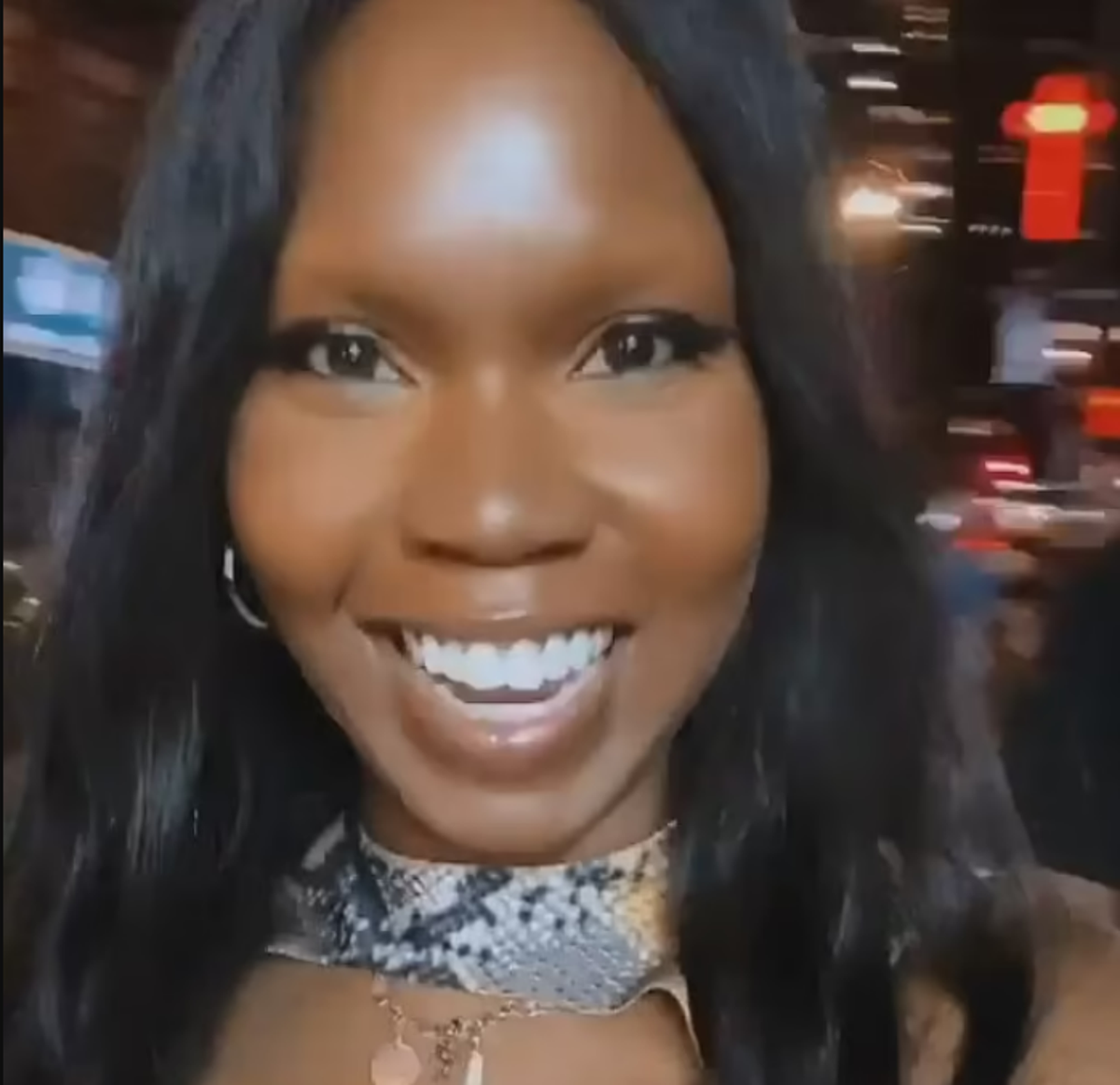LaTisha Chong: Iconic hairstylist behind Serena Williams’ September Vogue cover dies at 32

LaTisha Chong, the iconic Black hair stylist who counted Serena Williams, Tracee Ellis Ross and many more stars among her exclusive clientele, has died at the age of 32.
Chong died on 19 July after a prolonged battle with breast cancer, Vogue magazine reported.
She was responsible for the hair styling of Williams’ cover on Vogue’s September issue where the famed tennis star announced, with great fanfare, that she planned to retire from the sport.
Chong was also renowned for producing looks for star-studded names such as actor Ross, fashion designer Telfar Clemens – who donned a much marvelled after wig to the Met Gala in 2019 created by the hairstylist – and Spanish musician Rosalía among many more titans of industry.
Chong was born in Trinidad and Tobago before she and her family moved to the US when she was six years old. Prior to becoming a hairstylist, she began a career in the US Air Force before becoming a professional hair stylist, a pathway that was ultimately carved by watching her own mother work in the profession at salons in the Flatbush area of Brooklyn, the New York Times reported.
She is survived by her parents Darlene and Garrick, sisters Afesha and Tenisha, and her 12-year old son, Malachi, Vogue reported.
Tributes for the famed designer known for paving the way for Black talent and being part of a group of young artists who have altered the fashion industry began pouring in online as news of her death, which had not been widely reported at the time of her passing in July, began to surface.
Pattern, a hair care brand launched in 2019 by Ross, shared a collection of editorial photoshoots that the 32-year-old had worked on for various campaigns with the Hollywood actress’s company.
“We say farewell as she is laid to rest today. PATTERN salutes her hair artistry. We are so grateful for the contribution she made to our hair story,” the official Twitter account for Pattern wrote on 19 August, a month after the hair stylist’s passing.
In memory of LaTisha Chong 💛 we say farewell as she is laid to rest today. PATTERN salutes her hair artistry. We are so grateful for the contribution she made to our hair story.
We had the opportunity to work with LaTisha on our Expand Your Pattern campaign. Here are some of pic.twitter.com/jjXPyRW8Gt— PATTERN by Tracee Ellis Ross (@PatternBeauty) August 19, 2022
Musician and artist Ian Isiah, who was also a close family friend of Chong’s, wrote an Instagram post commemorating her life’s work about a week after she’d died, noting how she’d “changed the world” and would be missed terribly by those closest to her.
“I KEEP GETTING HIT BY WAVES BUT ALL THESE MEMORIES OUTWEIGH THIS HEARTBREAK,” wrote Mr Isiah. “THANK YOU FOR SEEING ME. THANK YOU FOR LETTING ME IN . THANK YOU FOR CHANGING THE WORLD. I MISS YOU, I MISS US . HEAVEN REALLY COULDN’T WAIT FOR YOU.”
In an interview with the Times, Gabriella Karefa-Johnson, the Vogue contributing editor who produced Ms Williams’s shoot, described how Chong was an essential part of what “critic Antwaun Sargent called the New Black Vanguard”.
“She was one of the tradesmen behind the fashion imagery — the editors, photographers, stylists and makeup artists — who are expanding the visual landscape to include the people who have always been at the forefront of style and taste but have been rejected from the modern canon,” Ms Karefa-Johnson added in the interview.
After serving in the military for several years, Chong was diagnosed with Stage 4 breast cancer and Hodgkin’s lymphoma, which led to an honourable discharge in 2014. From there, she would go on to graduate from Charleston Southern University in 2017 where she studied biology.
When Chong returned to her home city of New York after graduation, she began working in salons again, returning to a profession she’d taken up as a 10-year-old when she would just sweep up the hair in her mother’s salons.
Chong would go on to collaborate with Clemens, who was both a family friend and a close admirer of her work. (She was both responsible for the looks in Clemens 2019 unisex collection of street wear and the hair styles worn by the Liberian team for the Tokyo Olympics in 2020, who Mr Clemens had outfitted).
“Every milestone I’ve had, she’s been there,” Clemens told The Times. “She did everyone’s hair, not just the models. When my mom and my aunt showed up, she would do them too. She did it because it was going to make everyone feel better.”

